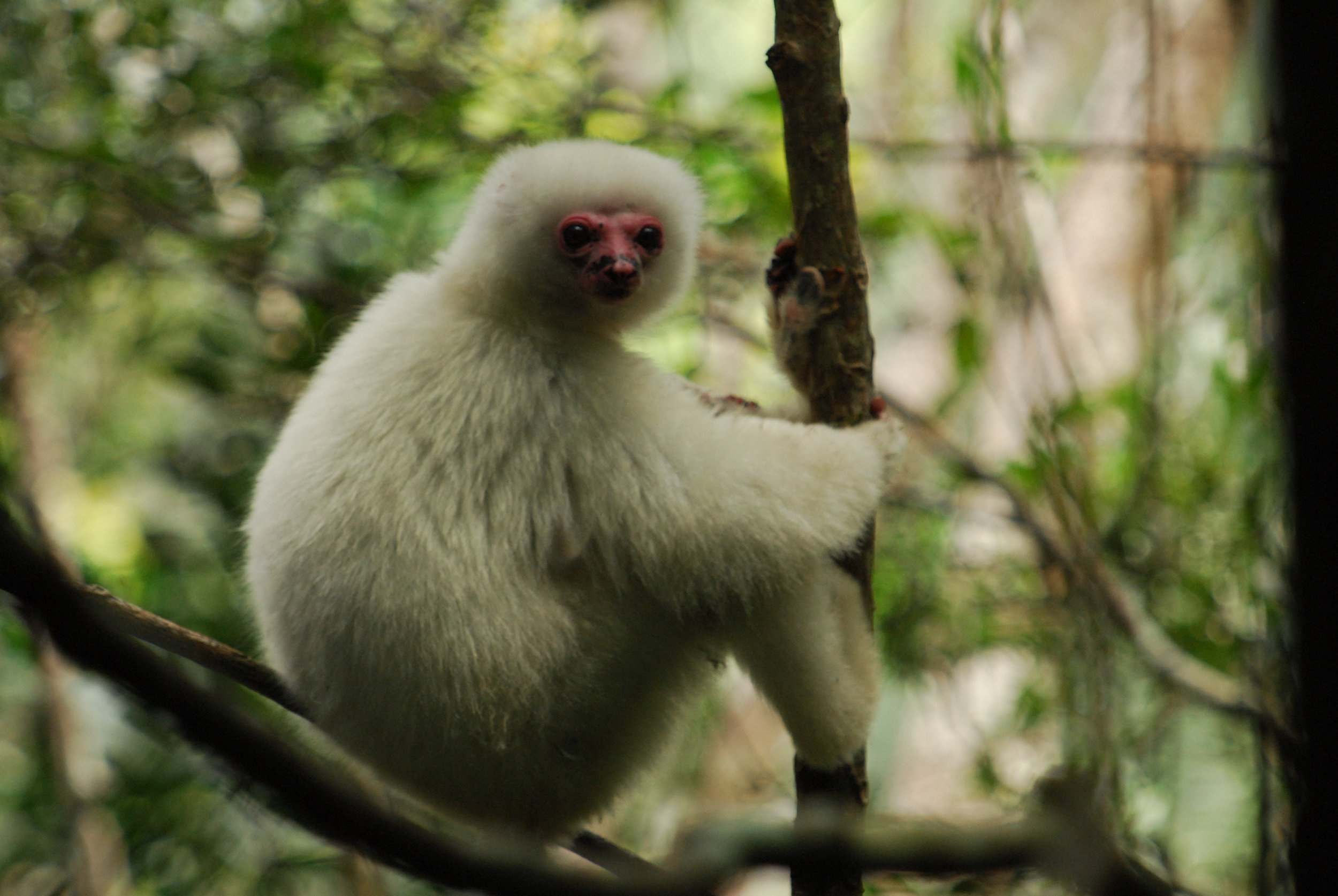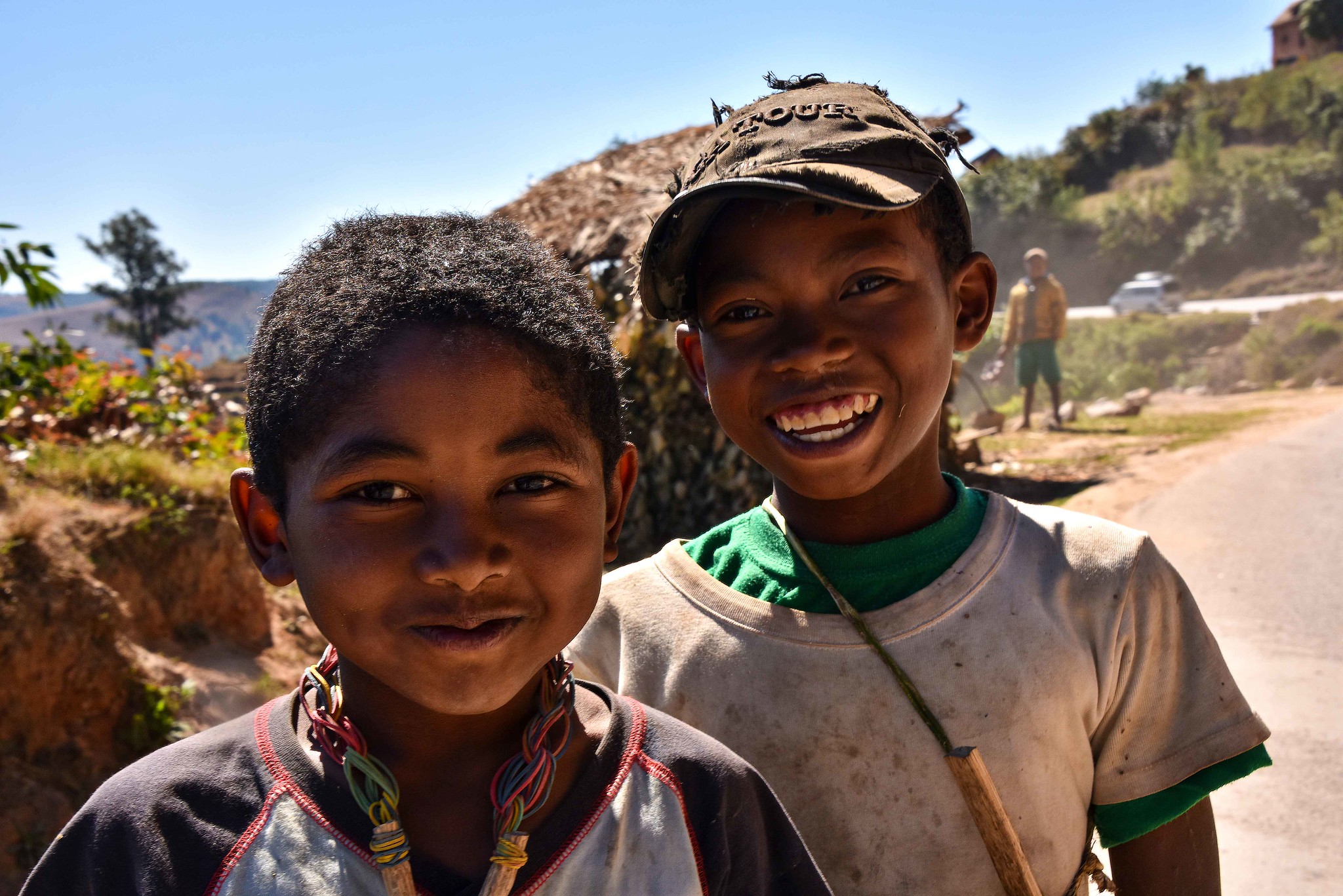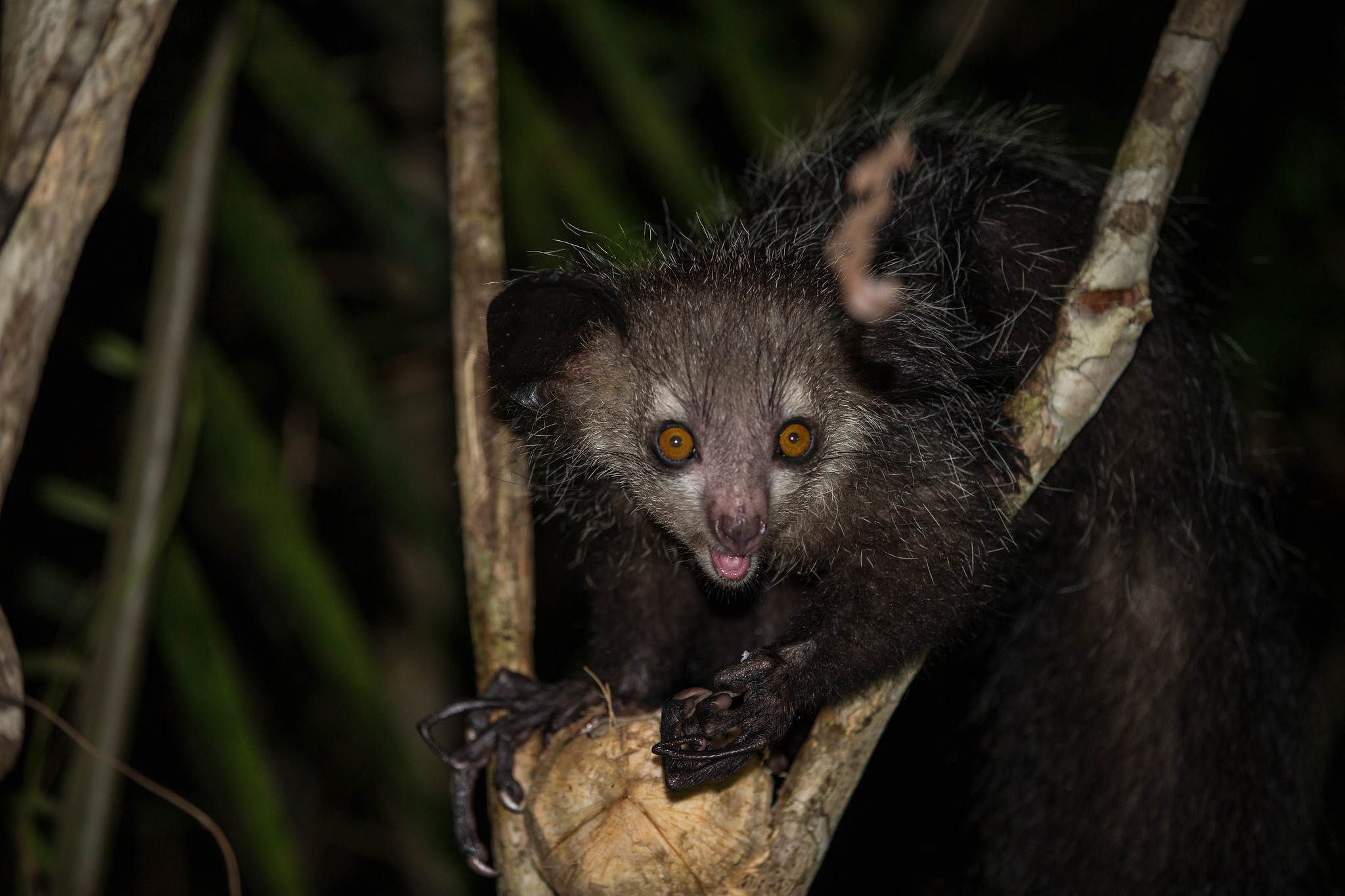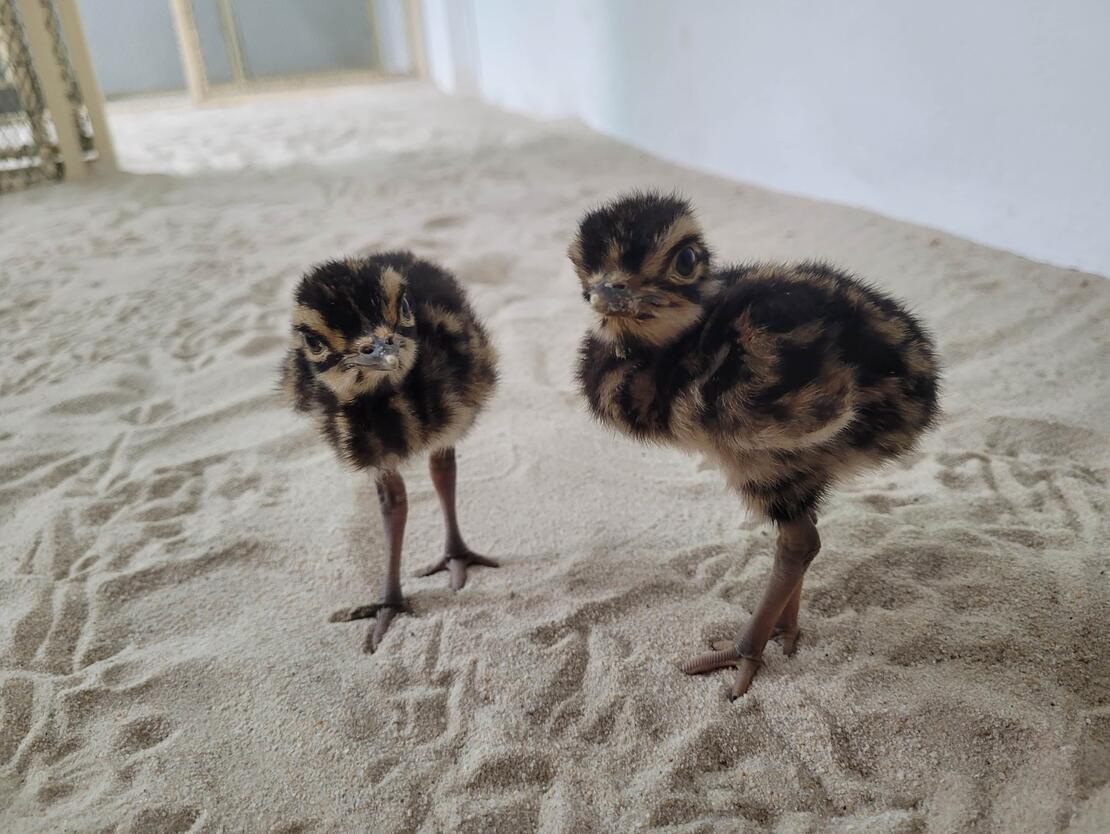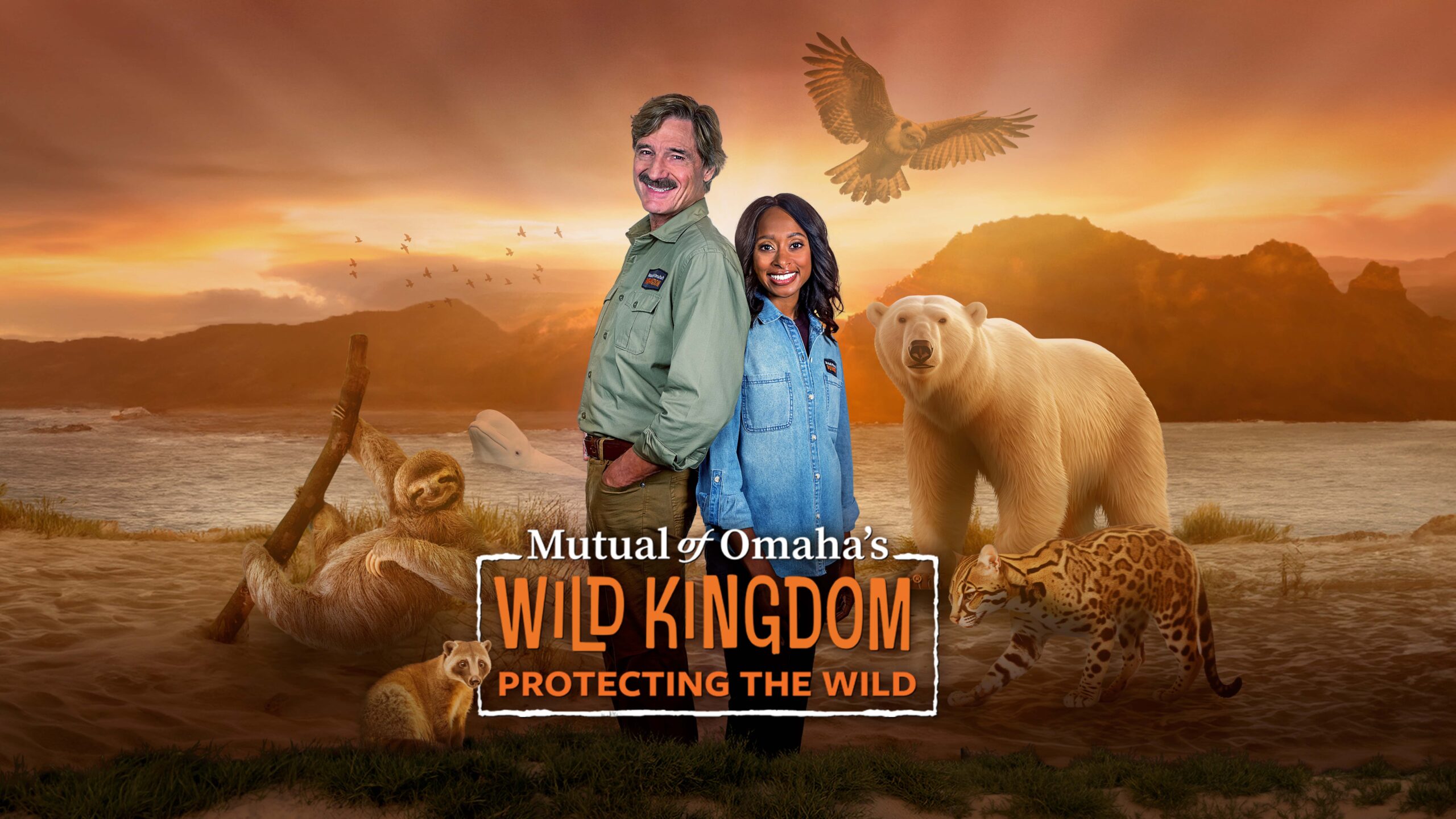PICTURED: The silky sifaka in Marojejy National Park, Madagascar. Photo credit, Jeff Gibbs, taken from Wikimedia.
The South-west of Madagascar is covered with vast savannahs, sometimes dotted with trees and shrubs. Residing here are the Bara indigenous people who split their time gathering and growing between the dry landscape and a large humid forest; its occurrence made possible by orographic rainfall – precipitation caused by air cooling as it rises to pass over a high mountain.
If one takes takes a hike through the forest, one can enjoy what is becoming a rare experience in Madagascar; the experience of the rainforest as a healthy ecosystem, wholly without bleak stump monuments that mark the clearance of trees and the destruction of lemur habitat.
Bara people consider the Analavelona Forest to be the spiritual home of their ancestors. For centuries, the Lonaky (the local Bara Kings) have insisted that their subjects respect this sanctuary and allow it to remain a paradise for the many species, including seven species of lemurs, that reside here.
The dangers that threaten all remaining virgin forests on earth are still there, hunting and wildfires in particular to Analavelona, but in 2015 the forest was designated as a new protected area with management delegated to Missouri Botanical Garden whose local team implement a community-based conservation program.
The project team has worked with the Lonaky to reduce lemur hunting by village-level awareness-raising, forest patrols, and poverty reduction; and to stop fires entering the forest with firebreaks, and in 2019, together with 160 Bara people mobilised by the Lonaky, the community installed almost 4 miles of firebreaks in the grassland adjacent to the forest, helping protect this key habitat for multiple lemur species in the region.
PICTURED: Two young Malagasy boys smile for the camera. The Malagasy are a genetically diverse people just as the lemurs they share the island with are. Photo credit Rod Waddington CC.2.0.
The Lemur Cradle
In a country where 60% of the population are under the age of 25, capturing and transferring traditional knowledge and culture is vitally important if one of the most biologically diverse countries on earth is going to maintain healthy populations of its wild treasures.
An island the same size as France, Madagascar is nonetheless home to 5% of all the world’s species – 4 out of 5 are endemic to the island, meaning they can be found nowhere else on earth. The most iconic of these oddities are the lemurs, 113 species of which live only in Madagascar.
It is also home to more than 25 million Malagasy, made up of 18 different ethnic groups. While young and open to the world, a large part of the population still depends on farming for sustenance and livelihood.
Since the 1950s 40% of the islands original forest cover has been lost. Species diversification has also suffered. Many people don’t realize that while lemurs are generally thought of as being small or medium sized, gorilla-sized lemurs once bellowed from canopies long since brought low and turned to firewood.
Read also — How Conservationists Take Advantage Of Public Perception To Save More Than Just Tigers And Pandas
According to a recent article by the IUCN Save our Species newsletter, solutions to combat alarming deforestation and species loss rates generally revolve around education, provision of alternative fuel and nutrition sources, management of forest resources and protected areas as well as the generation of alternative livelihoods including improved agricultural practices.
In addition, harnessing traditional knowledge and spirit like through the Bara, has played an important role in engaging local communities when implementing lemur conservation action across the country, including in the Northern Highlands, the South-west and South of Madagascar.
PICTURED: The remarkable aye-aye lemur of Madagascar’s far south. Photo credit Oregon State University, CC.2.0
Local Knowledge
The Northern Highlands are home to one of the largest forest blocks in Madagascar. Relatively intact and protected from human intrusions in some parts, this area represents a bastion of Madagascar’s exceptional biodiversity. The critically endangered Silky Sifaka (Propithecus candidus), best known for its snow-white fur, is endemic to this region.
Here WWF Madagascar is working with indigenous communities to restore forests through a reforestation programme, which involves planting 45,000 trees across at least 18 hectares of land in the Forest Corridor Marojejy-Anjanaharibe South-Tsaratanàna.
Rather than wester scientists taking the lead on the project, locals have been instrumental in selecting the tree species most suitable for the area and identifying the right time for seed collection. Furthermore, tree nurseries are being developed, monitored, and cared for by the communities who have also begun planting trees for wood energy and timber so as to avoid felling trees important to Lemur ecology.
This approach of indigenous people restoring indigenous trees also worked in the arid far-south of Madagascar, endemic country for no less than 7 lemur species, many of them quite small.
Researchers at Asity Madagascar identified the major dangers of deforestation as relating to the poverty rates of the local people, since they rely on agriculture to bring in income and feed their families.
Livelihood development that can help reduce community dependency on the forest for income generation and sustenance, as well as awareness raising within the local community to increase the understanding of the potential value of this unique landscape was needed if the habitat of the south was to survive.
13 local communities were engaged in forest restoration, fire-prevention, forest patrolling, and lemur education projects that should help protect the southern forests by educating the people there about the biological value of lemurs and the forests they live in.
The project team will also tackle habitat loss by creating a corridor of endemic tree species to reconnect the southern section of Tsitongambarika forest to the remaining protected area. Wildlife corridors are critical for the genetic health of flora and fauna, since isolated pockets containing isolated populations develop low genetic diversity over time.
While the preservation of Madagascar’s forests – and thus her lemurs may seem like a very important project, these programs are often chronically underfunded. Engaging indigenous and local peoples, with their connection to the land and the animals they share it with, on the conservation of their own land is therefore a key tool in the conservationist’s toolkit.
